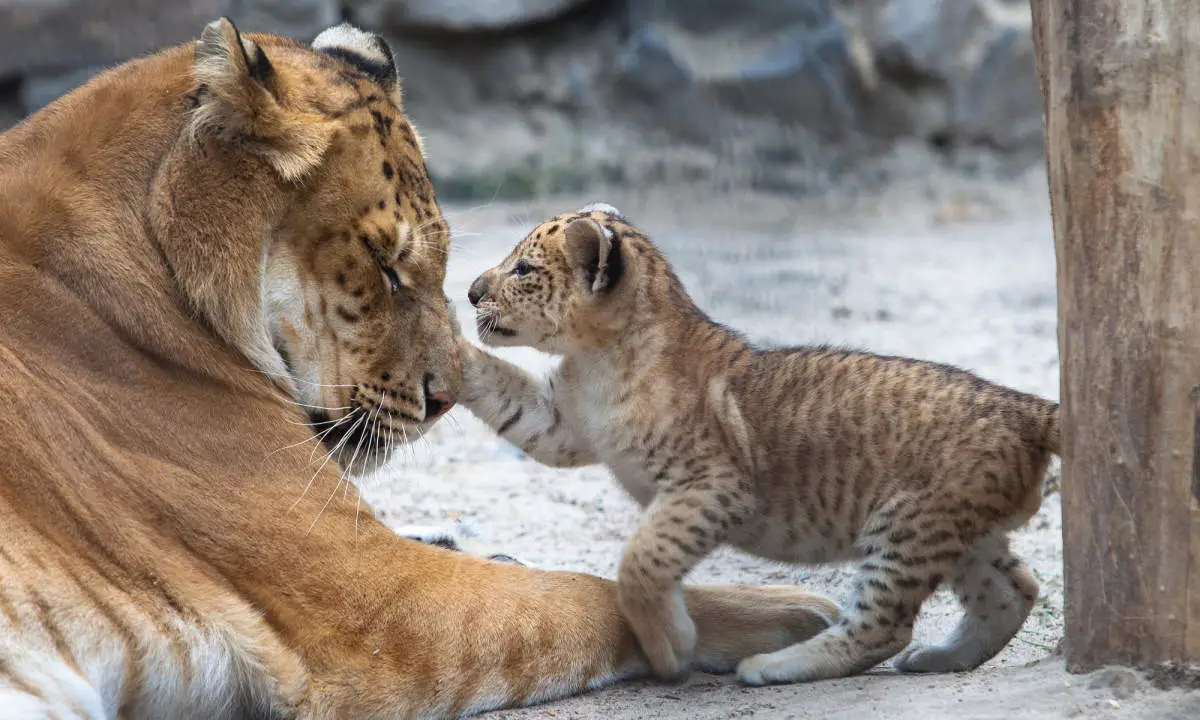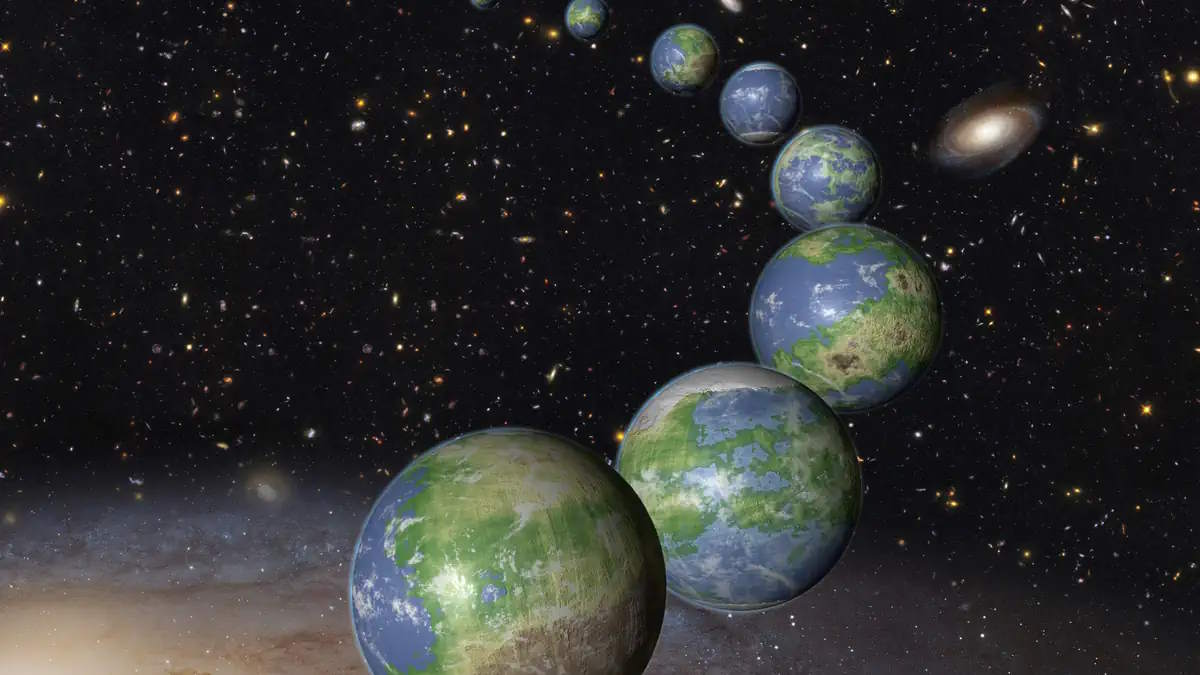An amazing and wonderful video that I came across a few years ago: Michael Fishbach, co-founder of The Great Whale Conservancy, his family and friends rescued a Humpback Whale from fishnets, and after being freed, the whale shows amazing appreciation to the rescuers.
The Great Whale Conservancy was launched in 2010 to advocate for the great whales, they need our help and protection to survive, to learn more about our current efforts, and find out how we can work together.









